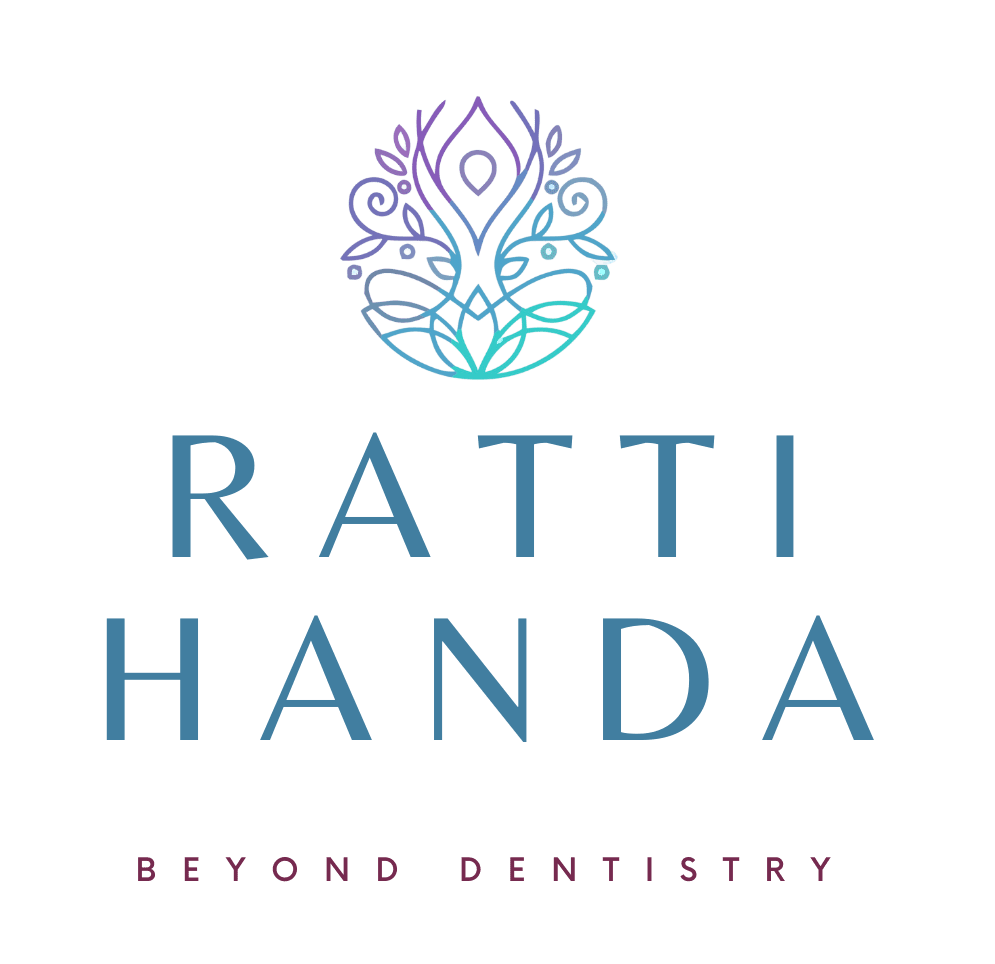At Dr. Ratti Handa, DMD in Acton, MA, we strive to provide comprehensive dental care that extends beyond typical procedures. One area we emphasize is myofunctional therapy. This therapy plays a crucial role in correcting oral habits and enhancing overall health.

Introduction to Myofunctional Therapy
Myofunctional therapy involves exercises and techniques designed to correct improper function of the tongue and other facial muscles. This therapy aims to promote better oral and facial muscle function, which directly affects breathing, chewing, and swallowing. By focusing on these areas, we help improve a patient’s overall quality of life.
This therapy offers numerous benefits. Improved breathing stands as a primary advantage. Patients often experience less snoring and better sleep quality. Enhanced facial structure also results from these exercises. For example, children undergoing myofunctional therapy often show better facial development, which reduces the need for orthodontic treatments in the future.
Mouth Breathing vs. Nasal Breathing
Understanding the differences between mouth breathing and nasal breathing proves crucial for addressing many health issues. Mouth breathing, especially during sleep, can contribute to respiratory problems. It does not filter airborne particles as effectively as nasal breathing, leading to more frequent respiratory infections. Nasal breathing, on the other hand, filters, warms, and humidifies the air, providing a healthier breathing process.
Mouth breathing often leads to dental problems, including malocclusion or misalignment of the teeth. When a person breathes through their mouth, particularly during sleep, it alters the natural position of the tongue and jaw. This alteration can contribute to the development of an open bite or other forms of dental irregularities. By addressing mouth breathing early, we can prevent these issues from worsening.
Myofunctional Therapy Techniques
We utilize several different techniques to improve breathing. These are a few examples.
Exercises to Strengthen Muscles: One key aspect of myofunctional therapy involves exercises that strengthen facial muscles. Tongue retraining exercises encourage proper tongue placement, which is critical for effective nasal breathing. Lip exercises also contribute to this process by ensuring that the lips can close properly, thus promoting nasal breathing over mouth breathing.
Posture Correction: Proper posture significantly impacts breathing and oral health. Myofunctional therapy includes techniques to correct swallowing posture, ensuring that patients adopt a more beneficial method. For instance, patients learn to swallow with their tongue pressing against the roof of their mouth rather than pushing against their teeth. This practice not only aids in proper swallowing but also promotes better dental alignment.
Oral Habits Linked to Mouth Breathing
Thumb Sucking: This represents a common oral habit that can lead to prolonged mouth breathing. This habit exerts pressure on the dental arch, which may result in tooth misalignment. Addressing thumb sucking through myofunctional therapy helps prevent these dental issues and encourages nasal breathing.
Incorrect Tongue Posture: Incorrect tongue posture often correlates with speech difficulties and mouth breathing. When the tongue does not rest naturally against the roof of the mouth, it obstructs proper dental development and breathing. Myofunctional therapy aims to correct this by retraining the tongue to assume the correct position. Improved tongue posture often leads to better speech and fewer breathing problems.
